We provide podiatic diagnosis and treatment for foot, lower limb and postural problems

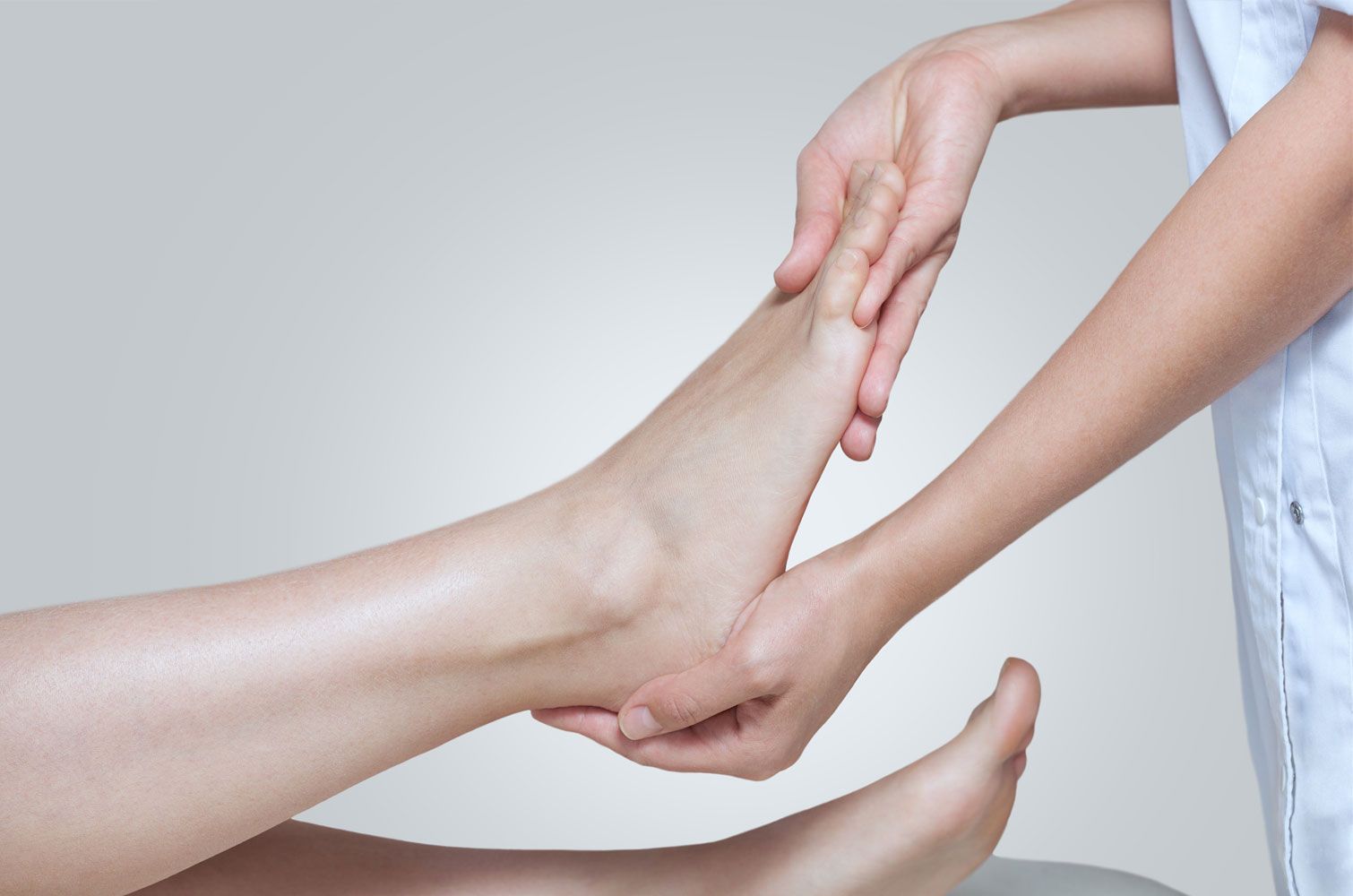


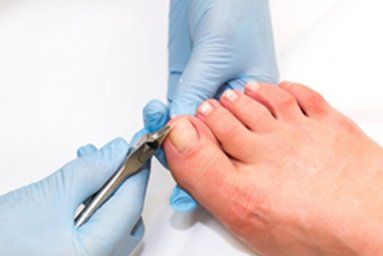
General Nail Care
Often as a result of various mobility issues or thickened nails, it becomes quite difficult to cut your own toenails.
Our podiatrists can help you by providing regular nail care. The treatment involves trimming your toenails with specialised clippers and reducing the nail edge to make the process much more comfortable and achievable.
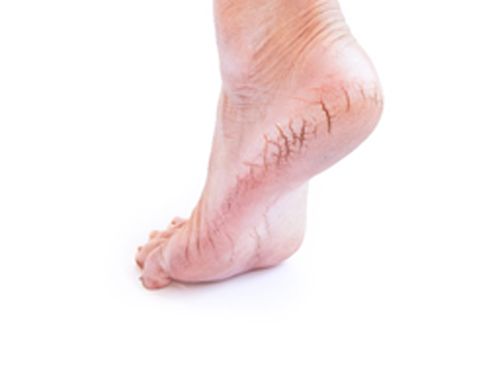
Cracked Heels
High blood sugar and poor circulation resulting from diabetes are common causes for dry skin. Nerve damage may prevent you from knowing your feet are dry, cracked and painful. Wearing sandals and thongs may also cause dry, cracked heels.
Our podiatrists can assist by shaving the dry skin with sterile instruments and then smooth the skin with the latest podiatric equipment. You will have a choice of moisturisers to complete your treatment including balm, mousse or a simple tea tree spray as recommended by your podiatrist, with suggestions for prevention and treatment between visits.
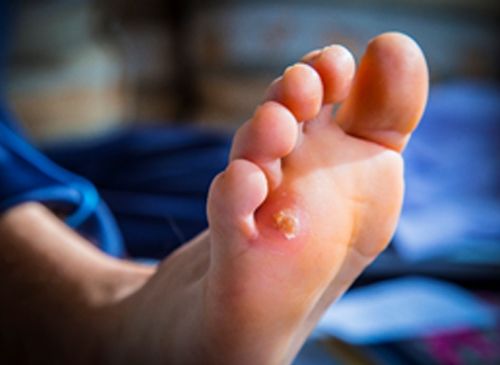
Corns / Callus
Corns and callus are areas of hard skin that build up in areas of high pressure.
- A corn is a small patch of thickened, dead skin with a central core that often causes pain.
- Callus is thick, hard skin that develops in response to repeated friction, pressure, or other irritation.
Our podiatrists will remove the corn or callus, and have you leaving the clinic pain free. Your podiatrist will also identify what is causing the hard skin forming, and help reduce or prevent your corn or callus returning.
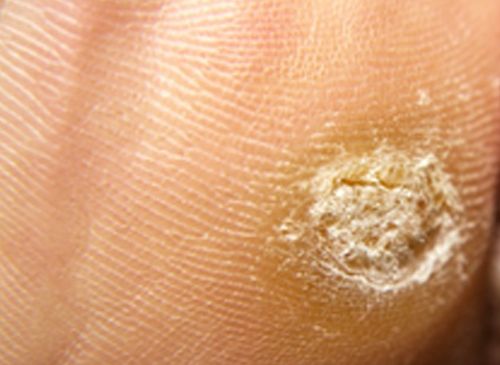
Warts
Warts can be painful and difficult to get rid of. They are caused by the Human Papilloma Virus (HPV) and are commonly picked up from communal areas like bathrooms and pools.
They can be quite stubborn, thus, treatment is necessary. Contact the clinic to discuss the treatment options we offer.

Home Visits
We offer home visits to limited locations in the Hawkesbury. All necessary equipment required for a general treatment in the clinic will be brought to your home for treatment. Please phone the clinic to provide address information, point of access to your home and any other pertinent information such as pets, security codes etc.

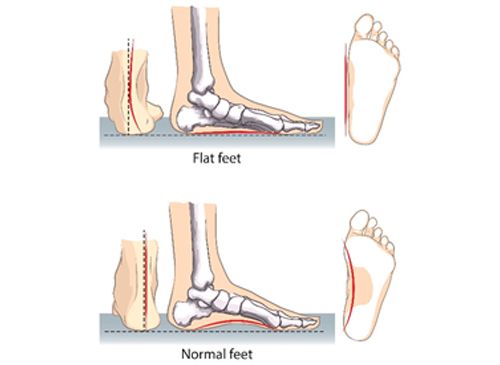
Flat Feet
Flat feet are where the arches of the foot collapse and the soles of the feet are in contact with the floor when you stand up. When the arches don’t develop during childhood, you can be left with flat feet and this can contribute to painful conditions involving the foot, ankle and knee. Flat feet can be easily treated with a pair of supportive shoe inserts, also known as orthotics.
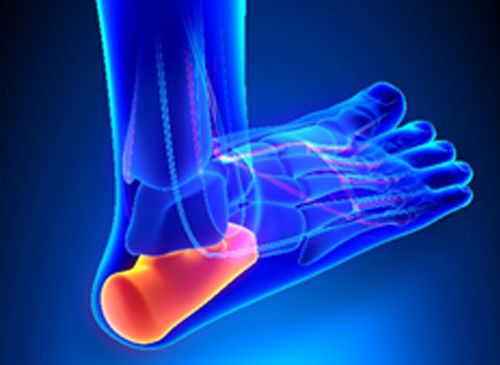
Plantar Fasciitis
Plantar fasciitis is a very painful inflammatory condition causing chronic heel pain. This condition can sometimes affect the arch of the foot as well if severe enough. Plantar Fasciitis often presents as a sharp stabbing pain in the heel. In most cases, heel pain is more severe following periods of inactivity (resting or sleeping) when getting up and then subsides, turning into a dull ache.
Poor foot biomechanics is the primary cause of plantar fasciitis. Our podiatrists are experts in lower limb and foot assessments and can identify what is causing your pain and provide treatment options to get you pain-free.
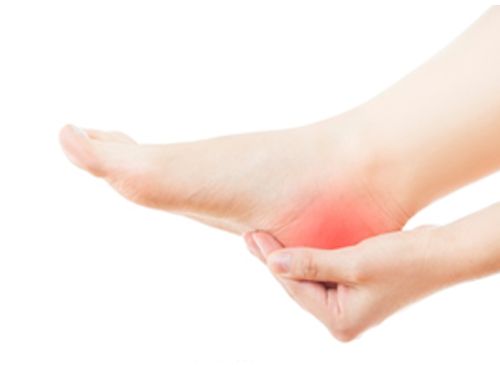
Heel Pain
Heel pain can be a very debilitating condition and can occur at any time. An accurate diagnosis is vital to the successful treatment of heel pain.
Your podiatrist will perform a biomechanical assessment which includes joint range of motion testing, muscle function testing and gait analysis to determine the cause of the symptoms. If medical imaging is required, such as an x-ray and/or ultrasound to aid in diagnosing the condition, your podiatrist can provide you with a referral.
Treatment by your podiatrist varies according to the severity of the condition and may include orthoses, soft tissue management (stretching/strengthening, trigger point therapy, dry needling & massage) and footwear advice.
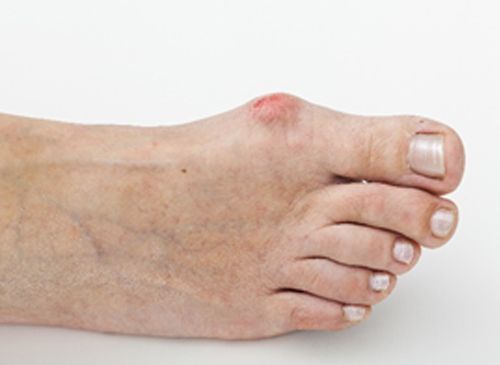
Bunion
A bunion is a bony bulge or bump on the outside of the base of the big toe joint. When a bunion is present, the big toe will usually angle in toward the second toe. This condition is sometimes called hallux abducto valgus (HAV).
Bunions are a common cause of pain in the big toe joint and generally do not get better if left untreated. The condition usually gets worse; bunions get bigger and arthritis in the big toe joint can develop.
Treatment for a bunion varies. Orthotic therapy is generally the most successful treatment, and early treatment is always best to stop the bunion from developing further. Bunions that have reached the tertiary stage of development are more difficult to treat and may require surgical intervention.
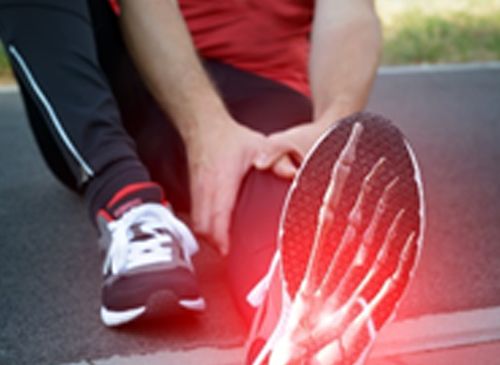
Foot & Leg Injuries
Poor foot posture and function is a major cause of foot and ankle pain. Shin and calf pain, as well as many knee, hip and lower back problems may also stem from the feet.
People involved in sport and physical activity, and those who spend long hours on their feet are more prone to injuries arising from poor foot and lower limb function.
After a thorough clinical assessment, your podiatrist will identify specific factors contributing to your problem.
A tailored, multidimensional treatment program may include:
- Stretching and strengthening exercise program
- Deep connective tissue massage
- Dry needling
- Taping/padding techniques
- Specific footwear model recommendations
- Footwear modifications
- Prescription of custom-made foot orthoses
- Changes to daily activities/training regimens
- Bracing/Splints

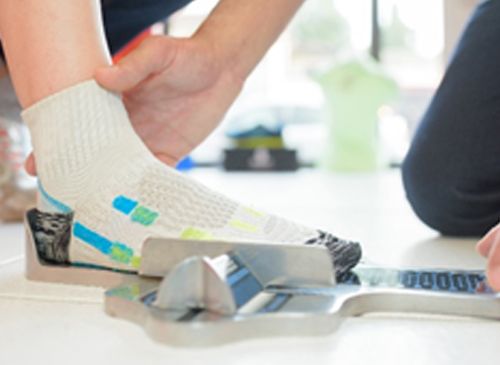
Shoe Fitting & Advice
Advanced Podiatry is a stockist of Revere and Dr Comfort footwear. Both these brands offer orthotic friendly footwear and are designed by podiatrists.
Our staff have over 10 years of experience fitting medical grade footwear and can assist in finding the best fit for you. Health fund rebates may apply for these shoes and insoles.
If we don’t stock the correct style or size for you, we can recommend suitable footwear sold elsewhere.

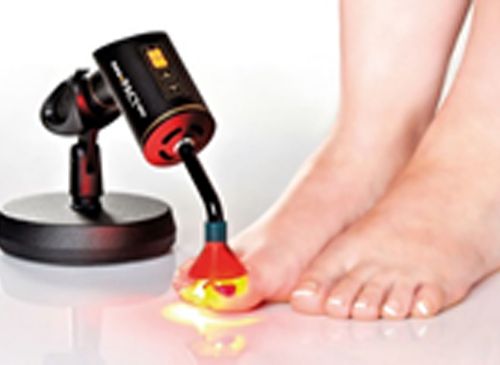
Fungal Nail Treatments
Onychomycosis is the name given for a fungal infection of the nail which often causes thickening and discoloration of the nail. Fungus thrives in dark, humid environments, like that of a shoe.
At Advanced Podiatry, we offer a pain free treatment for fungal nails. Photodynamic Antimicrobial Therapy (PACT) uses light to effectively kill off fungal organisms without harming healthy tissue.

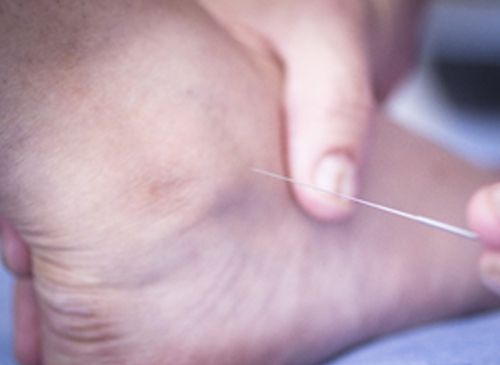
Dry Needling
Dry needling is an effective and efficient technique for the treatment of muscular pain and myofascial dysfunction. The approach is based on Western anatomical and neurophysiological principles. It should not to be confused with the Traditional Chinese Medicine (TCM) technique of acupuncture.

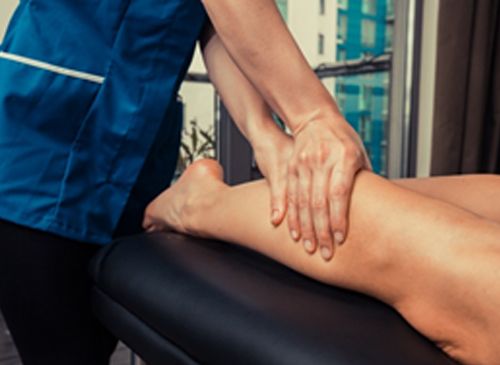
Deep Connective Tissue Massage

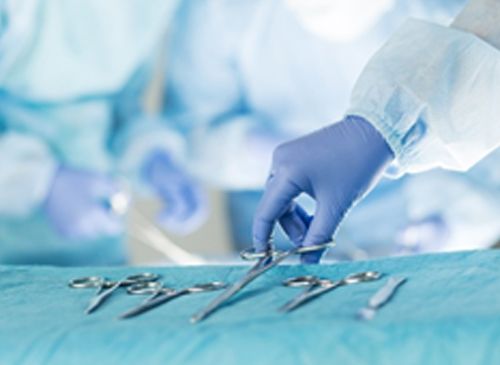
Partial Nail Avulsion
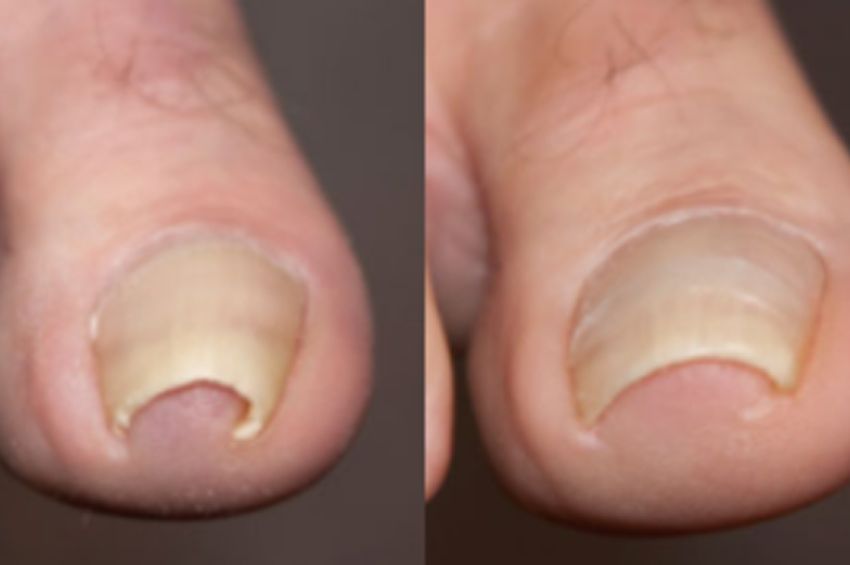
BS Brace
Modern Podiatry treatment for ingrown toenails is done mainly with braces and to a lesser extent with nail surgery.
The BS Brace is a thin, plastic, flat spring which gets attached to the nail across the base of the nail. The brace works by slowly raising the edge of the nail, helping relieve the pressure from the channels of your toes and therefore reduce pains.
It is the world’s fastest growing, safest ingrown toenail treatment which is a revolutionary quick, simple and painless method of treating ingrown toenails and the safest option for people who suffer from diabetes. No surgery required!

You have a question? We have an answer.
No, not generally. However, should you attend Advanced Podiatry as part of the CDM program, you will be required to bring your GP referral letter to your initial consultation.
Yes, BUT only if you have a Chronic Disease Management (CDM) referral from your GP. To be eligible you must have a chronic or terminal medical condition. You will need to discuss this with your GP to determine if you are eligible
Orthotics have the potential to assist with a variety of different conditions, however, the need for orthotics can only be accurately determined after a thorough biomechanical assessment with one of our expert podiatrists.
Yes, the majority of private health funds will provide rebates for podiatry services, provided you nominate podiatry as an extra.
Yes, DVA patients gold card holder are eligible. DVA white card holders require prior approval to determine eligibility. Both DVA gold and white card holders require a referral from their GP for the initial consulttion.
All consultations are by appointment only.
To assist us in providing you with the best possible podiatry care, it is helpful if you bring a selection of shoes that you wear on a regular basis. Additionally, please bring any referrals, x-rays or scans that you feel are relevant to your consultation.
